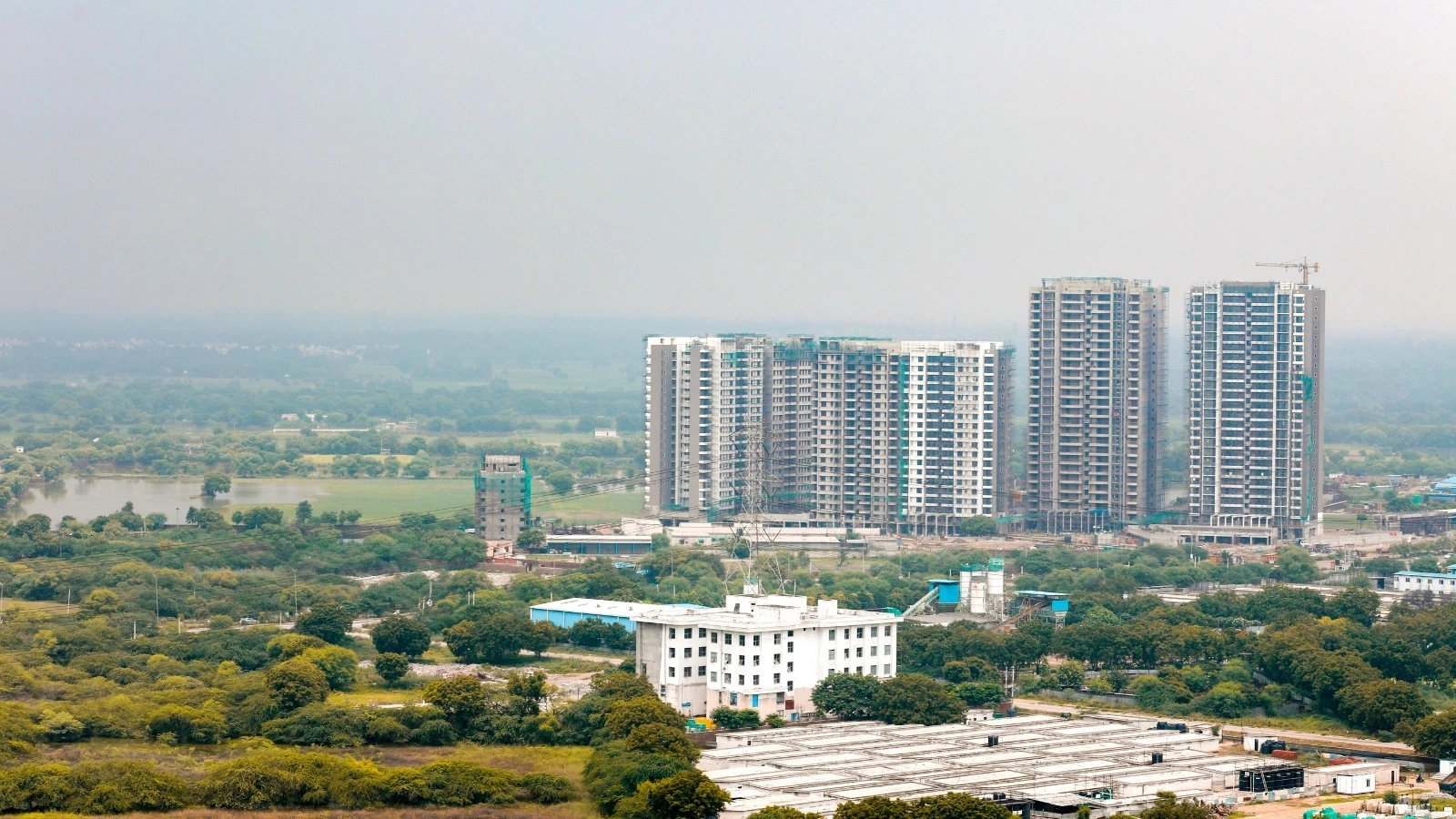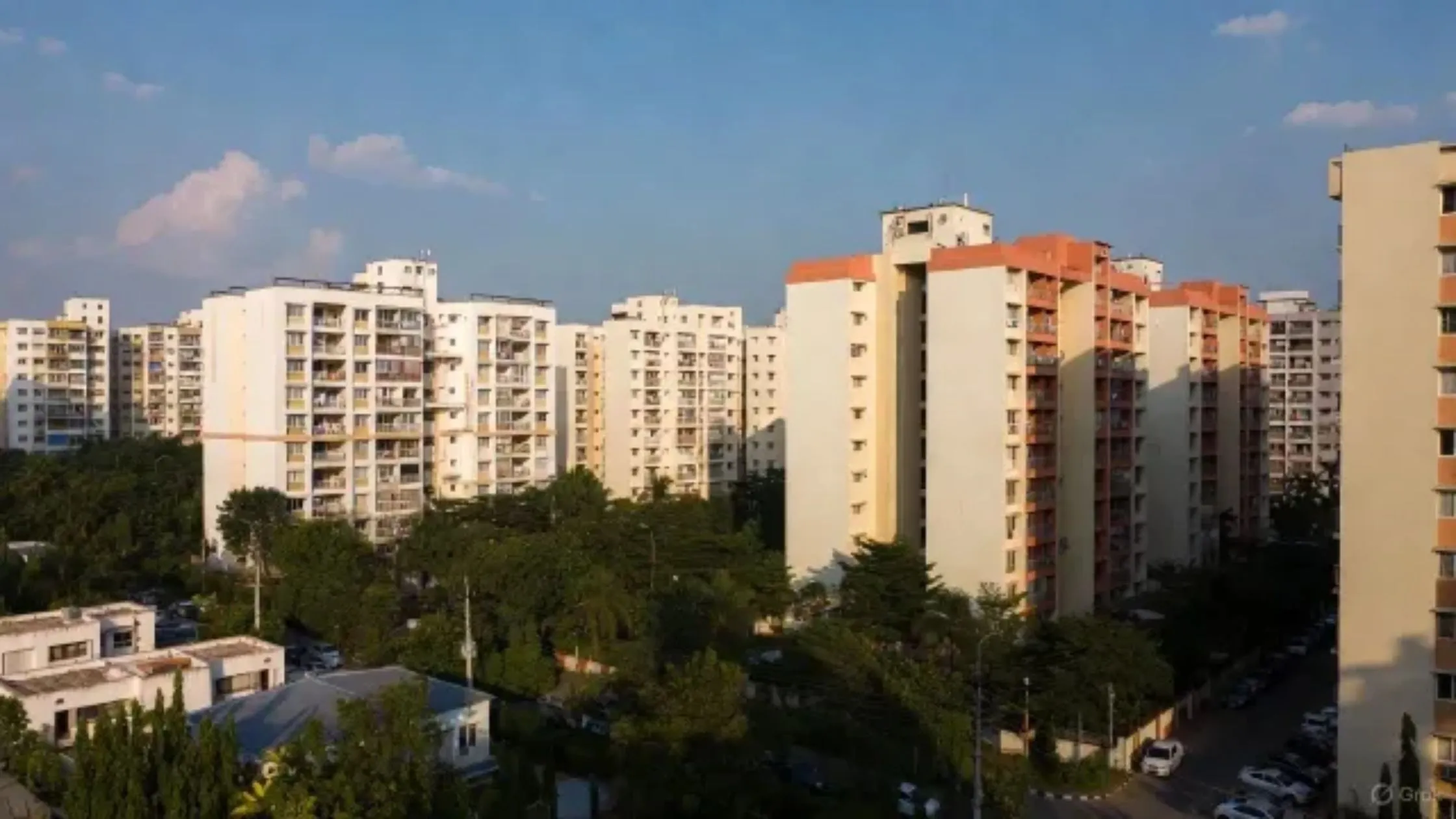Table of Content
Student Housing: A Rising Focus in Real Estate
Student housing is becoming a major focus in real estate, emphasizing not just where students live but creating environments that support their success. These spaces are designed to be comfortable and practical, featuring modern facilities and shared areas that foster community. This article delves into the latest trends in student housing, explaining why it’s a key investment in real estate and how it’s enhancing student living worldwide.
Current Landscape of Student Housing
In India, student housing is gaining traction. Last year, it generated about USD 30.1 million and is projected to grow by 7.2% annually. This growth is driven by factors like easier travel and increased activities post-COVID-19, along with a rising number of students enrolling in higher education. By 2036, experts predict there will be 92 million students in India. However, there’s a significant shortage of on-campus accommodations, with only 7.5 million beds available, insufficient for current and future students.
Professionally managed student housing in India is a relatively new concept but offers numerous benefits. These include lower costs, greater convenience, room amenities, and proximity to educational institutions. Properly managed, it also ensures student safety and fosters friendships.
Why is Student Housing a Promising Asset Class?
Student housing is emerging as a promising investment in India due to the growing demand for quality accommodations near colleges and universities. Many existing on-campus accommodations are overcrowded, highlighting the need for better living spaces.
The concept of professionally managed student accommodations is gaining momentum among developers and investors who see its potential. They are drawn to the stable rental income, often secured by long lease terms aligned with the academic year, making student housing a resilient investment even during economic challenges.
Purpose-built student housing offers amenities like Wi-Fi, security, communal areas, and recreational facilities. These features support students academically and socially, enhancing the appeal of student housing as a real estate investment.
Also Read: What is Haryana Mukhyamantri Shehri Awas Yojana?
Risks Associated with Investing in Student Housing
Investing in student housing involves various considerations and potential challenges. Market fluctuations can impact student housing, affecting the number of students seeking accommodation and the rental income generated. The success of student housing heavily depends on consistent student enrollment, and changes in demographics or other factors that reduce student numbers can lower housing demand.
Location is crucial. Proximity to educational institutions is key, but investing in areas with declining student populations or oversupplied housing can lead to vacant properties. Managing student housing requires specific skills, including maintenance, security, and managing tenant turnover effectively. Seasonal occupancy patterns aligned with academic calendars can also impact cash flow and operations.
Regulations related to student housing vary by location and must be followed carefully, including safety codes, zoning laws, and obtaining necessary licenses. Lease agreements and tenant rights also require careful attention to ensure compliance and avoid legal issues. Compared to other types of real estate, student housing may be less liquid, making it challenging to sell properties quickly, especially during economic downturns. Developing purpose-built student housing involves construction risks, such as cost overruns and delays, which can affect project success and tenant attractiveness.
Trends Shaping the Future of Student Housing
Several trends are shaping the future of student housing in India. The expanding middle class and rising demographics drive demand for higher education, increasing the need for student accommodations. International students, particularly from countries like China, also contribute to this demand, with a significant influx expected in the coming years.
Affordability and practical amenities are key priorities for students. Developers focus on providing cost-effective housing options with essential features that meet student preferences. There’s also a growing interest in mixed-use developments integrating housing with retail and recreational spaces, offering convenience and fostering vibrant communities.
Privacy is becoming more important to students, leading to a preference for single-occupancy units. Developers adapt by offering more of these options and preparing for fluctuations in leasing rates, ensuring flexibility in lease terms during uncertain times.
Universities are converting existing on-campus housing to single-occupancy units to meet privacy demands and better utilize space. Additionally, the demand for student housing typically spikes during the fall semester, highlighting the importance of timely accommodation availability to meet student needs.
Also Read: Should you buy a home in a high-rise?




_1755760620.webp)





